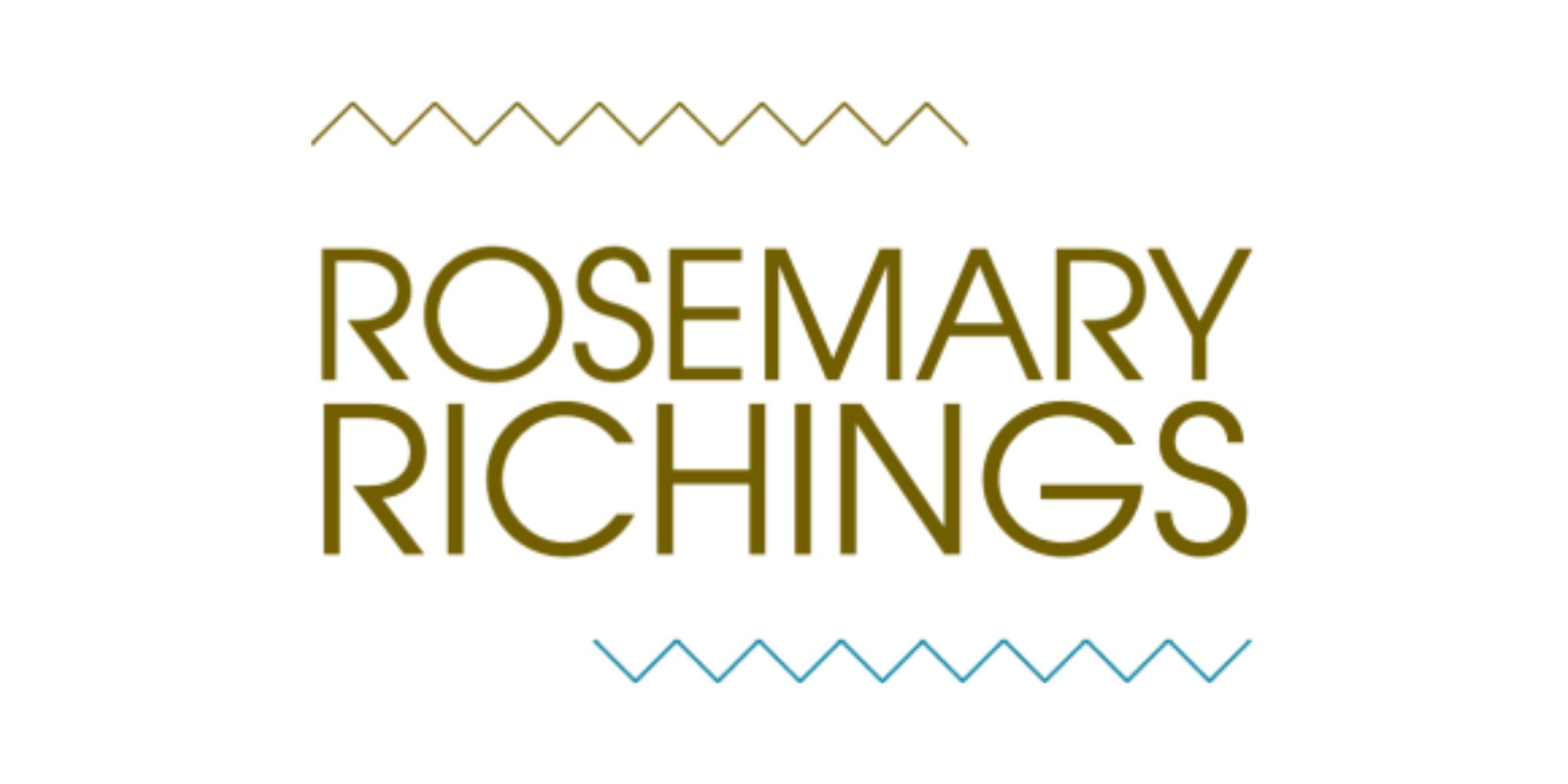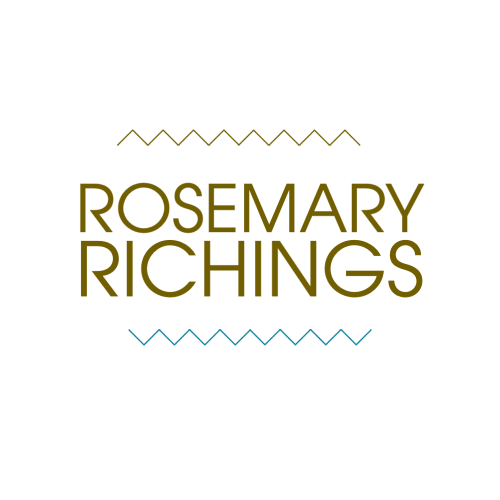- Taking pride in opportunities to share beliefs, failures, strengths, and decisions
- Transparency as a tool to help others
- Stating thoughts immediately and with honesty
- Sharing early in the decision process
Before I started to actively use, and keep up with everything Buffer-related, “transparency” was one of those words I’d only ever seen in corporate ads, filled with empty promises. In other words, pre-Buffer, transparency had the same level of meaning as words like “bad,” “good,” and “beautiful”.
A huge disclaimer, before reading further. I’m not a Buffer affiliate, nor am I affiliated with them on a professional level.
I’m actually seeing their transparency focus from two perspectives
- A former Stories by Buffer contributor. I’ve collaborated with some members of the Buffer team in the past on the content I developed for them. So I know a little bit about how they operate.
- And a fan of their work, who uses the Buffer app regularly.
Long story short, they make everything from their content creation process to their revenue public.
And that has changed in a major way everything from the focus of my content I “put out there” to my client communication process.
But how exactly has this influenced me? It’s 100% about how I make transparency more than just a buzzword in my business.

1) I make things that didn’t go right public…
A great example of this was a Medium Digest article I published recently: “I still get anxiety sometimes about public speaking & here’s what I’m doing to make the part of my biz & life.”
That article is one of my most public stories of something that went wrong in my business. It was a reflection on a horrible “guesting on a podcast” experience I had. Back then, my podcast had just got its 500th listener, and I was about to launch my first digital product. But this led to a crippling case of imposter syndrome
So, I panicked, and the resulting recording was so bad that the podcaster chose to not air it. This led to me rushing home from my co-working space and having a really good cry. But then I remembered something. This really bad experience is something my readers, followers, and even random strangers on the internet could learn something from.
Because you never hear about bad podcasting experiences, you only hear about the good ones.
The best takeaway you can get from this is basically this…
If you’ve ever experienced something in your business that’s so bad that you’re not really sure who to ask, it might be worth sharing with others. More specifically, if it’s a teachable experience that your audience can learn something from, you might want to write about it or create a video or podcast episode about it.
But the value of this is about a lot more than just helping people. A new study revealed that 73% of consumers say they’re willing to pay more for a product that promises total transparency.
An important side note:
Be careful about other people involved. Don’t use names you don’t have permission to use. Instead, focus just on your memories of a specific event.
Which brings me back to Buffer, the inspiration for this article…
The best example I can think of is the article Buffer wrote about that time in 2016 when they had to make ten layoffs. If you read the article, you’ll notice that they don’t “name names” (except for the two co-founders of Buffer).
This allowed the people who lost their jobs to have privacy, and the focus to be just on how the company is turning things around financially and strategically.
2) I include “behind the scenes” in my newsletter
The launch of my podcast email list happened shortly before my podcast‘s June 2018 launch.
And since then, it has grown significantly, thanks to:
- Loyal blog subscribers and social media followers who said “yes” to joining the podcast list.
- Former podcast guests that wanted to also be emotionally invested in the podcast.
- And clients who said “yes” to the MailChimp email list invite that they get automatically when they book their first meeting.
However, the structure of it has changed tremendously. For instance, the emails that I sent when the first few episodes came out were summaries of the latest episode:

But that’s when I decided to transform the emails from a summary to a director’s commentary of the episode:

Because it felt much more intimate and exclusive. Since a majority of my audience are independent business owners and entrepreneurs, they respond extremely well to content in that format.
But how exactly do I know this? Two out of three of my most shared articles of 2018 thus far are personal stories of how something profoundly changed my life and business:

My Buzzsumo stats: here’s what happens when I search for the most shared articles I’ve written in the past year.[/caption]
3) Instagram is for just being “me”
I do so much automation that I think my curated and planned way in advance social media feed can sometimes seem a little too curated.
That’s exactly why I transformed an Instagram account I don’t use much into a storytelling platform. More specifically, I turned into a place where I could make my followers feel like they’re in the room with me.
Instead of just treating my Instagram posts as casual status updates, I treated them as opportunities to tell the story of what’s going on with my life and business in real-time:

Because the experiment worked, I broke my own rules about being timely, and consistency. At first, I hated not sticking to a schedule with my content. But clearly my followers didn’t feel the same way that I did:

4) I make sure clients are in the loop
One of the best decisions I made was when I asked the Alignable community about their hesitations re hiring a copywriter. Because it really opened my eyes to what’s absolutely terrifying to them about working with a remote writer. And that was for one very simple reason. I got answers like this:

Although they weren’t exactly words of praise, I preferred them. Because people were being truthful with me in a constructive way:

So what did I do in response to this?
Ever since I hit publish on my question for the Alignable community, my entire approach changed.
My clients now have 24/7 access to:
- How things are going
- A forum, where they can share articles and websites that resemble their idea of a “good” blog post or web page.
This is 100% thanks to the custom Trello boards I create for all projects.
Transparency, however, starts long before my clients say “yes” to a project. I do this by always backing up my claims I make online about what I can do with feedback from others. For instance, my portfolio includes sentences like this one:

And I back up these claims by sprinkling my client feedback all over my website. Multiple pages include sentences like the one that I included in my portfolio. But I also realize that those are claims anyone can make on the internet. That’s exactly why multiple pages include a slide show of 11 different client reviews that you can pause at any point:

I’ll also include stats about the content I’ve written from sources like Buzzsumo, on my blog, and in social media posts. I also provide these examples when a potential client requests them.
Because if you were hiring a writer, wouldn’t you want to know that they can actually get valuable results?
This blog is a great example
When I make a claim about something, I include examples of actual emails, social media posts, etc.
And I protect people’s’ privacy by whiting out names and contact info.
Why transparency matters to me
The internet can be both a scary and lonely place. And I’ve met enough of my readers and clients in person to realize that finding good help can be really frustrating and challenging.
So, I do my best to be one less source of frustration. Because I really care about my client’s success.
Therefore, no matter what I want people to feel like I’ve solved their problems.
And if that sounds amazing to you, here’s how we (might) be able to work together in the not-so-distant future.
PS: New articles are published bi-weekly on Mondays. Browse more posts:
50+ B2B articles →
100+ writer-to-writer articles →



